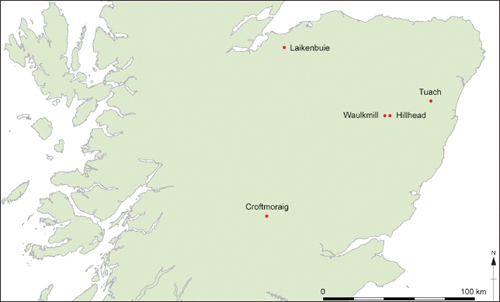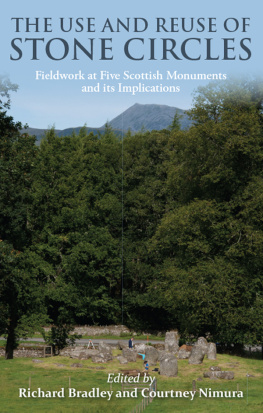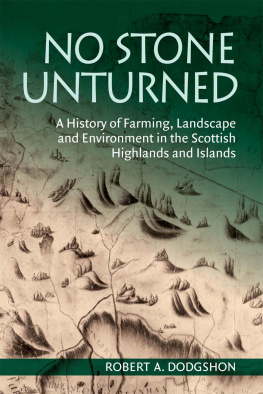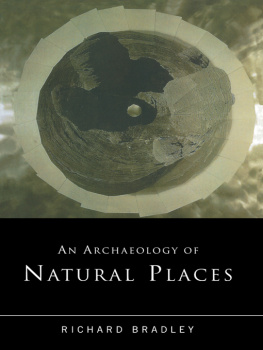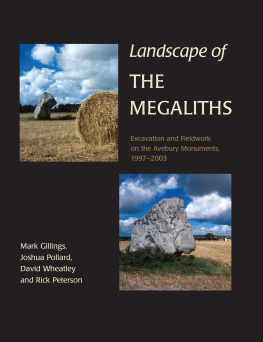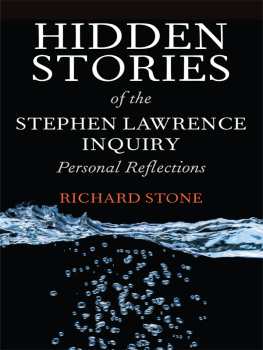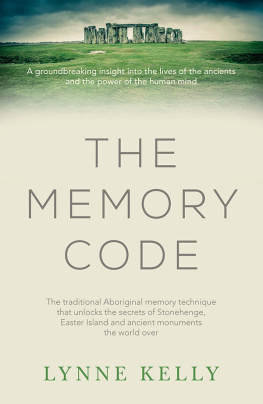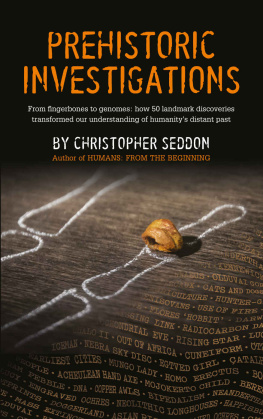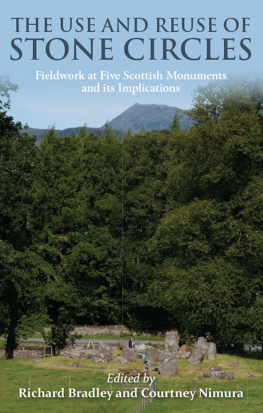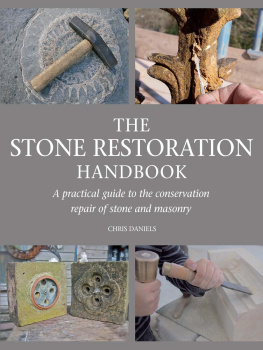
Croftmoraig stone circle viewed from the northeast (Aaron Watson).
For Aubrey Burl
il miglior fabbro
Published in the United Kingdom in 2016 by
OXBOW BOOKS
10 Hythe Bridge Street, Oxford OX1 2EW
and in the United States by
OXBOW BOOKS
1950 Lawrence Road, Havertown, PA 19083
Oxbow Books and the individual authors 2016
Paperback Edition: ISBN 978-1-78570-243-3
Digital Edition: ISBN 978-1-78570-244-0
Mobi Edition: ISBN 978-1-78570-245-7
A CIP record for this book is available from the British Library
Library of Congress Cataloging-in-Publication Data
Names: Bradley, Richard, 1946- | Nimura, Courtney.
Title: The use and reuse of stone circles : fieldwork at five Scottish monuments and its implications / edited by Richard Bradley and Courtney Nimura.
Description: Oxford ; Philadelphia : Oxbow Books, 2016. | Includes bibliographical references and index.
Identifiers: LCCN 2016013175 (print) | LCCN 2016014062 (ebook) | ISBN 9781785702433 (paperback) | ISBN 9781785702440 (digital) | ISBN 9781785702440 (epub) | ISBN 9781785702457 (mobi) | ISBN 9781785702464 (pdf)
Subjects: LCSH: Stone circles--Scotland. | Excavations (Archaeology)--Scotland. | Archaeology--Fieldwork--Scotland. | Scotland--Antiquities.
Classification: LCC GN805 .U87 2016 (print) | LCC GN805 (ebook) | DDC 936.1/1--dc23
LC record available at http://lccn.loc.gov/2016013175
All rights reserved. No part of this book may be reproduced or transmitted in any form or by any means, electronic or mechanical including photocopying, recording or by any information storage and retrieval system, without permission from the publisher in writing.
For a complete list of Oxbow titles, please contact:
| United Kingdom | United States of America |
| Oxbow Books | Oxbow Books |
| Telephone (01865) 241249 | Telephone (800) 791-9354 |
| Fax (01865) 794449 | Fax (610) 853-9146 |
| Email: | Email: |
| www.oxbowbooks.com | www.casemateacademic.com/oxbow |
Oxbow Books is part of the Casemate group
Front cover: The Croftmoraig stone circle viewed from the southeast with the summit of Schiehallion in the background (Aaron Watson).
PREFACE
The Contents of the Volume
Richard Bradley
The study of stone circles has played a major role in British and Irish archaeology, but the results of this work have seldom been drawn together in book form, although these evocative structures have featured in photographic essays about megalithic architecture intended for the general reader. The last systematic accounts of these sites were by John Barnatt in 1989 and Aubrey Burl in 2000. The most recent investigation is by Colin Richards (2013) and is limited to the large monuments of Orkney and the Western Isles. It is the only one of these books which reflects the current state of knowledge and in a sense The Use and Reuse of Stone Circles is both a companion volume and its sequel.
Colin Richardss book focuses on large monuments which are likely to be of early date and represents a new development in studies of these monuments. Another is the recognition that smaller settings of monoliths had an extended history and were still being built for some time after the period considered in the pioneering accounts of Burl and Barnatt. A further development is the realisation that many of the structures in Northern Britain were reused during the later Bronze Age, the Iron Age and the early medieval period. It happened at a time when comparable monuments had gone out of use in lowland Britain (Bradley 2011, 16974).
This development is most apparent from fieldwork undertaken over the last two decades in Scotland; there may have been a similar sequence in Wales, northern England and Ireland, but the question has still to be explored systematically. The Scottish evidence was originally investigated through three campaigns of survey and excavation concerned with Clava Cairns, recumbent stone circles and henge monuments respectively. The results of these projects were published as monographs in 2000, 2005 and 2011 (Bradley 2000; 2005; 2011).
Taken together, this work raised a series of problems that demanded further investigation. When were the last stone circles built? How did they differ from earlier constructions? How were they related to henge monuments, especially those of Bronze Age date? How frequently were these places reused, and did this secondary activity change the character of those sites? How much variation existed between monuments supposedly of the same types? Why were certain stone circles selected as the sites for later Bronze Age and Early Iron Age roundhouses? How were the last stone monuments related to the settlements of the same periods? Why were a few of them associated with Roman Iron Age burials, when they were located so far outside the northern frontier of Britannia? And what was the relationship between these sites and Pictish symbol stones? These were the main questions investigated by excavation in Inverness-shire, Aberdeenshire and Perthshire.
This book is divided into two sections. The first presents the reports of five excavations, most of them conducted on a modest scale (). The second treats the results of these projects together and suggests a new framework for understanding Chalcolithic and Early Bronze Age stone circles as well as their subsequent reuse.
Summary
sets out the background to this research. It reviews the reasons why these excavations took place and their relationship to previously published work.
). This was a new discovery and the monument, which had been damaged by forestry, proved to be structurally complex and unexpectedly well-preserved. Key features included its unusual siting in the ancient landscape, its relationship to surface finds from the surrounding area, including the possible remains of a Beaker burial, and its remarkable structural history. It began as an unusually massive ring cairn with a stepped interior. It was supplemented by one of the largest but least monumental recumbent stone circles in Scotland and was aligned on a conspicuous landmark 15 km away. Charcoal from the old land surface provides rare dating evidence for a monument of this type. It was built at the end of the third millennium BC . In a secondary phase the interior of the ring cairn was filled with boulders and the perimeter wall was covered by similar material. This deposit was cut by three features dug through the exact centre of the monument. Two seem to have been fireplaces or hearths, whilst the third was an in situ cremation pyre marked by an area of burnt subsoil and a quantity of cremated bone which dated to the Late Bronze Age. After they had been sealed by a further deposit of rubble, the interior of the older ring cairn was covered with broken quartz. The reason for giving this project so much prominence is its complex sequence which includes a number of elements that have not been observed since the nineteenth century.
